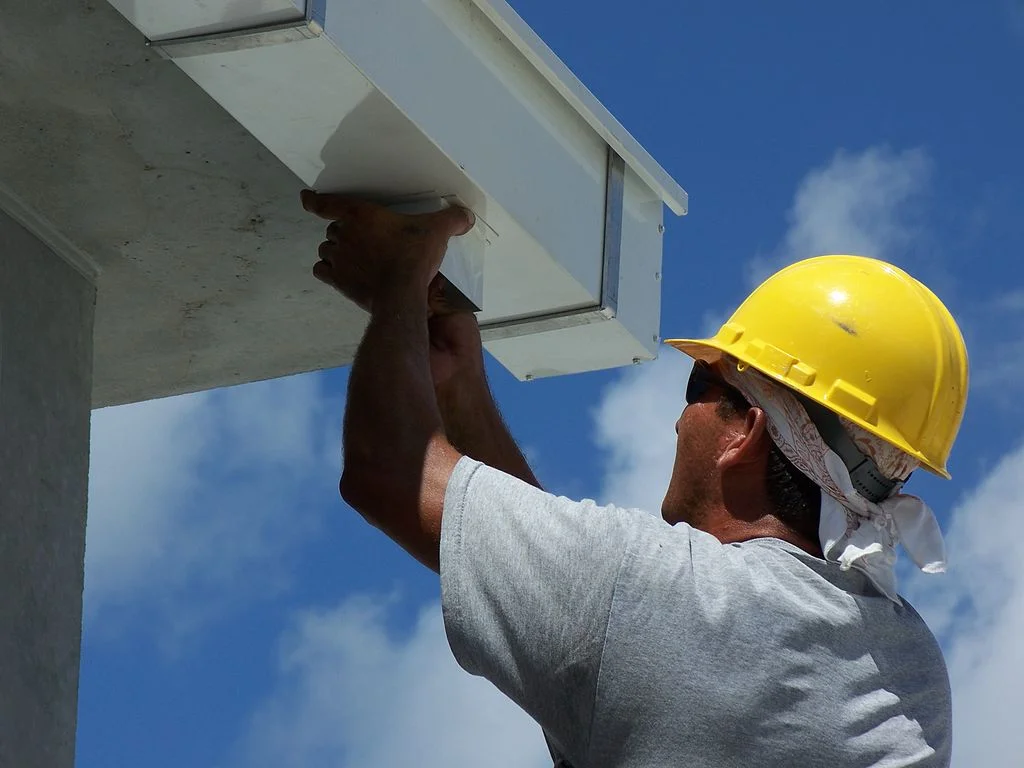When the weather starts to turn and nights grow colder, you know it’s time to button down your coat and also time to button down the homestead. There are some very inexpensive and simple tasks that one can do to prepare for winter, and be better prepared for spring. Most people are under the impression that they need to spend large sums of money or devote several hours to their yard to achieve desired results, however this is not true.The first thing you do is get a rake and collect all leaves, sticks, and debris from your lawn and place all items in a bio-degradable yard bag. After placing said bag at the curb, and maybe taking a small break, start over by raking your entire lawn, don’t be afraid to pull up some of the grass. This process is called dethatching and its purpose is to let your lawn breathe by removing dead grass or weeds from your perennial ground cover. Rake all dead grass and whatever was uprooted into a pile and place in same or new yard bag. A 750 sq. ft. yard should not take more than 25 minutes to dethatch. The time it takes to rake leaves before dethatching will obviously vary based on the amount leaves or debris that has fallen onto your property.The next thing you’ll want to do is walk around your house to check your downspouts. Do this by examining the opening of the downspout and make sure there are no objects blocking where the water will come out. At around waist level, start to knock on the downspout and reaching upwards until you can’t reach any further. You are checking to see if there are any obstructions in the downspout. The other step of this involves ladder work so if you can afford to have your eaves trough cleaned professionally I would suggest that. It ranges in price averaging from $100-$200 which will include the cleaning of your eaves, and the clearing of any clogs your downspout may have. This part of fall/winter maintenance is very important because of the potential for flooding as well as icy walkways where water might freeze in the winter. Although the eaves are important to clean at least once a year (twice a year would be best) if you ensure your downspouts are clear and flowing you will not have any flooding issues and water will still be carried away from your house where you want it.Last is something I call basic practical planning. And all it entails when it comes to fall/winter maintenance is thinking about the worst case weather scenarios and how they may affect your home and property. What could you maybe do in order to prevent some or all of these things from happening? For example, if you have kids and those kids have lots of yard toys, basketball or hockey nets etc., on the property then those objects may present a problem if it gets really windy. Ask yourself if things I have outside get wet, or dirty, or covered in snow, will they survive? Are there any tripping hazards that will be made more dangerous if covered in snow? Basically you have a walk around your property and just look at what you have out there and weigh the pros and cons of bringing things inside or leaving them to brave the elements.There you have it! I’ve shown and explained a few basic things that you can do to prepare the outside of your home for winter, and the New Year. You’re ready to do some maintenance now, please remember to wear a pair of supportive shoes and gloves for protection while doing any work on your home. Be careful and enjoy your beautiful property.
2 Champagne Drive - Unit C9
Toronto, Ontario, M3J 0K2
(647) 478-8752
The Voice of Downsview
Your Custom Text Here

